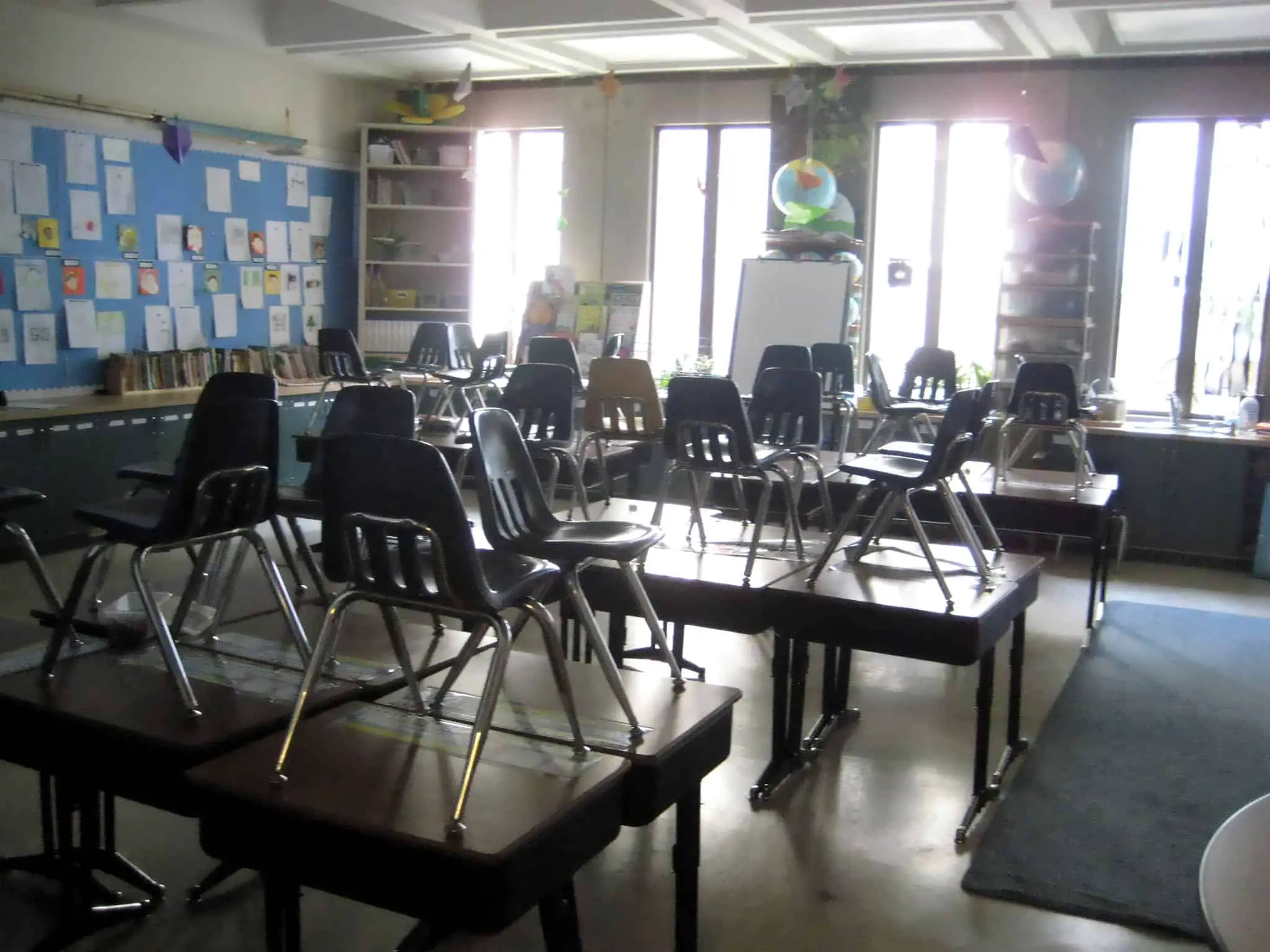Last week the National Foundation for Educational Research (NFER) asked: “Fewer pupils, more unfilled places, increasing deficits: What can be done?”.
Commenting, Peter Shreeve, Assistant District Secretary of the National Education Union, said,
“Last year, education unions wrote to the then-Chancellor saying: ‘Currently we spend just 3.9 per cent of national income on education. This is the lowest proportion for more than twenty years and compares poorly with other developed nations, the OECD average is 5 per cent.’
“As provision has been squeezed, no wonder schools face greater financial hardship.”
A national increase in per-pupil funding rates would support schools to cut class sizes and improve education provision
Mr Shreeve went on to say,
“For the last 14 years, we have seen government cutting the school system to the bone. Despite falling primary rolls, central government funding cuts have clearly influenced the need for the primary consultation.
“England’s schools already have the largest primary class sizes in Europe and secondary class sizes are the highest since records began more than forty years ago.
“Rather than seeing falling numbers as an opportunity to cut the total school budget, NFER makes the case that a national increase in per-pupil funding rates would support schools to cut class sizes and improve education provision. With the wide-ranging needs of so many Island pupils, this is a way of improving support.
“However, we should remember that funding comes from national government. Our pupils and staff in our Island school system are our national asset.
“As such, it’s not simply a cost to be cut. We hope that this is taken into account ahead of the national Budget.”





